Cryotherapy Temperature: A Comprehensive Guide to Treatment Types, Temperatures, and Durations
Based on my Evernote history I had been making notes about Cryotherapy since 2015. The first note was Tony Robbins talking about the therapy on the Tim Ferriss podcast. I then researched the Sacramento-based company he mentioned and even looked into the cost of the units. But it wasn’t until a business trip to Dallas in late 2018 that I finally found a place to test it out. In this article, we will explore the different ranges of cryotherapy temperature utilized in both Celsius and Fahrenheit and the typical durations of treatment. By understanding these factors, you can make informed decisions when you go for your first treatment.
Cryotherapy Temperature and Time by Therapy
Here’s a table that shows Cryotherapy temperature range and times by the type of therapy. Most consumers will use whole body cryotherapy but we hit a few other modalities and discuss them below:
| Type of Cryotherapy | Time | Temperature Celsius | Temperature Fahrenheit |
|---|---|---|---|
| Whole Body Cryotherapy | 2-4 minutes | -110°C to -160°C | -166°F to -256°F |
| Local Cryotherapy | Varies | -20°C to -78°C | -4°F to -108°F |
| Sports Medicine | 3-5 minutes | -100°C to -140°C | -148°F to -220°F |
| Dermatology | Seconds to 1 minute | -50°C to -70°C | -58°F to -94°F |
| Cancer Treatment | Specific to treatment | -20°C to -40°C | -4°F to -40°F |
Cryotherapy has gained much more recognition since I first heard about it. Omaha finally got a facility in 2020 and one finally opened up close to my house in 2023. Now, I have done whole-body Cryotherapy in 4 different facilities in 3 different states:
- Dallas, TX Facility in Deep Ellum that is no longer there
- West Omaha Cryotherapy
- US Cryotherapy in Scottsdale, AZ
- Elevate Cryotherapy in Omaha, NE
Most recently, I have used chambers where you walk into essentially a freezer versus the chambers where your head sticks out the top (see the image below). I like cold plunges as well, but the time efficiency of Cryotherapy is giving it the edge right now (and the fact that a Cryotherapy facility has moved into my neighborhood with reasonable prices). I have no plans to buy a chamber myself or self-administer it, but I was still curious about the duration people stay in it.
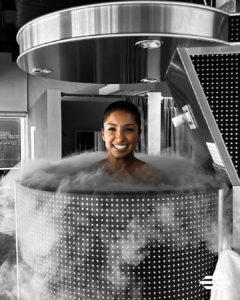
Elevate Cryotherapy, where I currently go, gives you some discretion in the temperature, number of fans used, and, of course, how long you stay in. I was unprepared to answer the questions and decided to take a deep dive into the subject and share the results with you.
Whole Body Cryotherapy
Introduction to Whole Body Cryotherapy
Whole-body cryotherapy is a method where the entire body is exposed to extremely cold temperatures, typically in a specialized chamber. This technique is known for its benefits in reducing inflammation, improving recovery, and boosting metabolism.
Cryotherapy Chamber Temperature
Whole-body cryotherapy usually involves temperatures ranging from -110°C to -160°C (-166°F to -256°F). The choice of temperature must align with safety considerations and may vary depending on individual needs and regulations.
Duration of Treatment
A typical whole-body cryotherapy session lasts between 2 to 4 minutes. The exact duration might depend on factors such as the temperature used and the specific goals of the therapy.
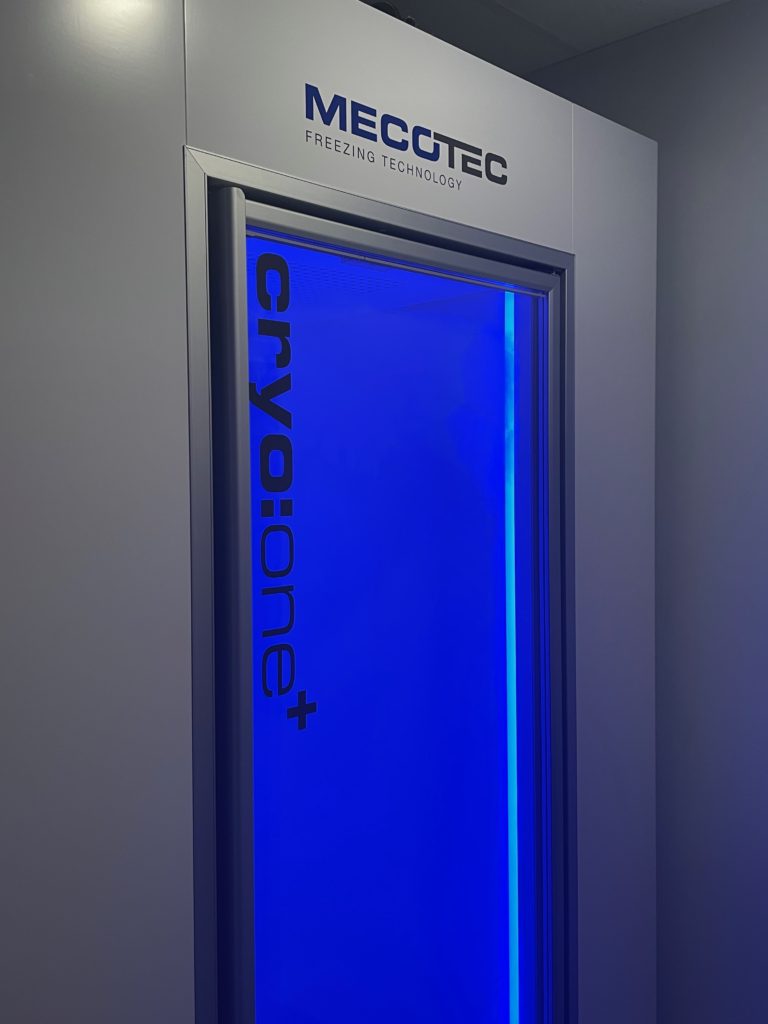
Local Cryotherapy
Introduction to Local Cryotherapy
Unlike whole-body cryotherapy, local cryotherapy targets specific areas of the body. It is often used for pain relief, injury recovery, and localized treatment of various conditions.
Temperatures Used
Local cryotherapy temperatures typically range from -20°C to -78°C (-4°F to -108°F). Devices such as ice packs, liquid nitrogen sprays, and others are used to achieve these temperatures.
Duration of Treatment
The duration of local cryotherapy can vary depending on the area being treated and the specific condition. It can range anywhere from a few minutes to longer sessions.
Cryotherapy for Specific Conditions
Cryotherapy’s applications extend to different medical fields, including sports medicine, dermatology, and cancer treatment.
Cryotherapy in Sports Medicine
In sports medicine, cryotherapy helps athletes recover from injuries and enhance performance. Treatments may last between 3 to 5 minutes with temperatures ranging from -100°C to -140°C (-148°F to -220°F).
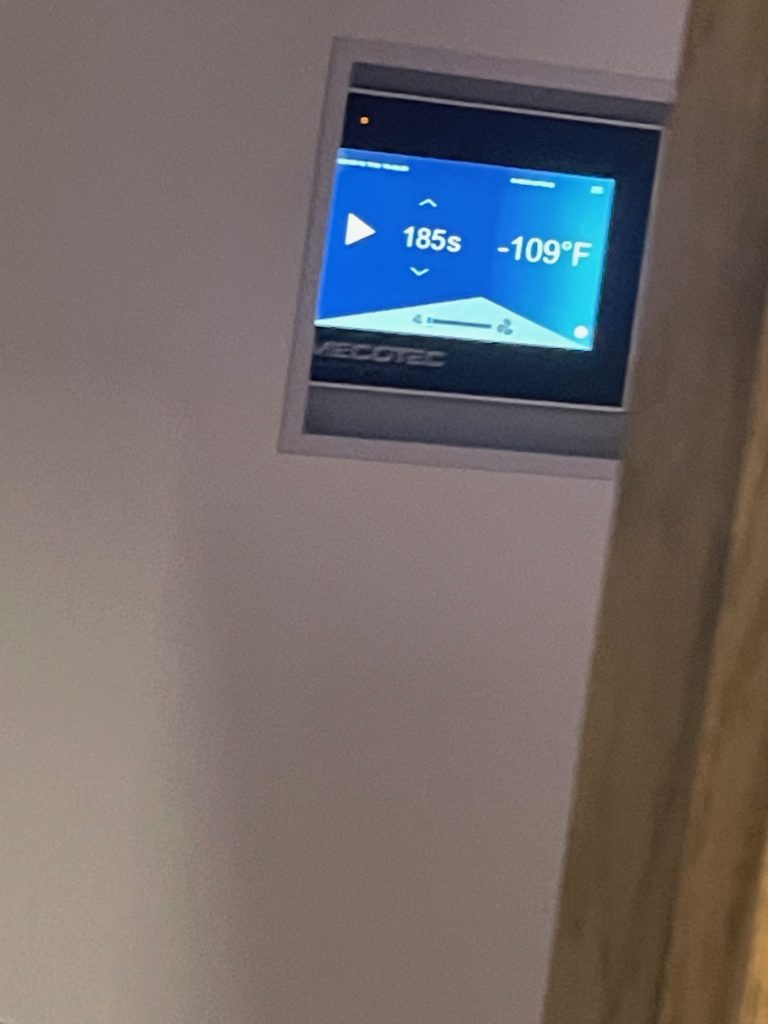
Cryotherapy in Dermatology
For skin conditions like warts or lesions, cryotherapy uses temperatures from -50°C to -70°C (-58°F to -94°F), and treatments usually last a few seconds to a minute. I have had this used on me multiple times. It is amazing how quickly they can zap something.
Cryotherapy in Cancer Treatment
In cancer treatment, cryotherapy is used to freeze and destroy cancer cells. Temperatures may vary between -20°C to -40°C (-4°F to -40°F), with durations specific to the type and location of the cancer.
Risks and Precautions
Understanding the potential risks and precautions associated with cryotherapy is essential for a safe experience.
Potential Risks of Cryotherapy
Risks include overexposure to cold, skin reactions, and specific medical contraindications. Professional supervision is strongly advised.
Safety Precautions and Guidelines
Always follow professional guidelines, use certified equipment, and adhere to the recommended aftercare to mitigate risks.
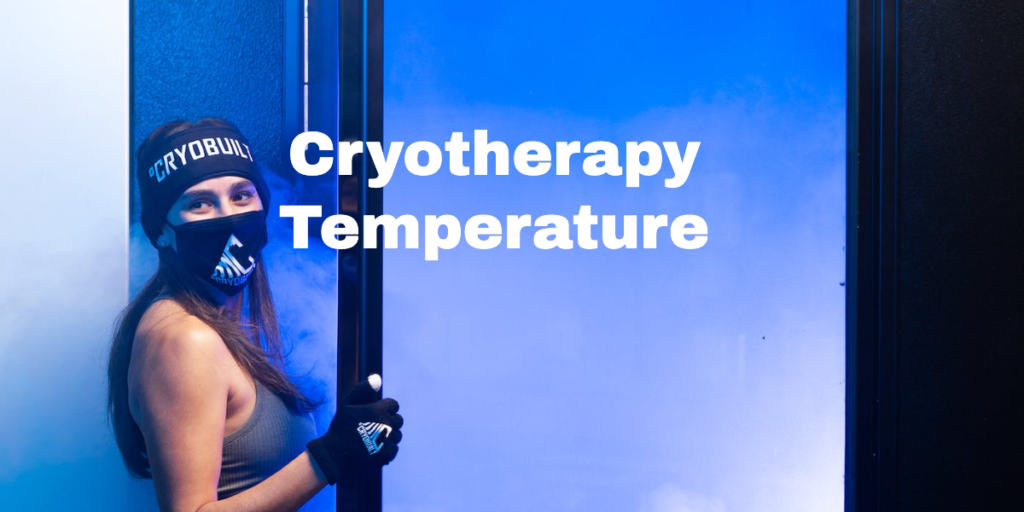
Conclusion Cryotherapy Temperature
Cryotherapy is a versatile therapeutic technique with applications across various fields. By understanding the temperatures and durations used in different types of cryotherapy, you can make educated decisions about your treatment. Always consult with a qualified professional to ensure safety and efficacy. Right now, I am alternating between whole body cryo and cold plunging. Cryotherapy temperature is just one of the things you will need to research before you start. We also have an article on Cryotherapy costs.
Additional Resources
For more information, check out these reputable sources:
- Whole Body Cryotherapy Safety Guidelines
- Local Cryotherapy Devices and Applications
- Cryotherapy in Cancer Treatment Research
Troy Wallace
Troy Wallace is Certified Basketball Speed Specialist and shares his experiences in trying to stay as healthy as possible to stay on the court. He is active in coaching youth basketball in YMCA, Team Work Sports Nebraska, and, currently, in the Jr. Warriors program in Omaha, NE. Visit Troy's Full Author Bio Page or email him directly.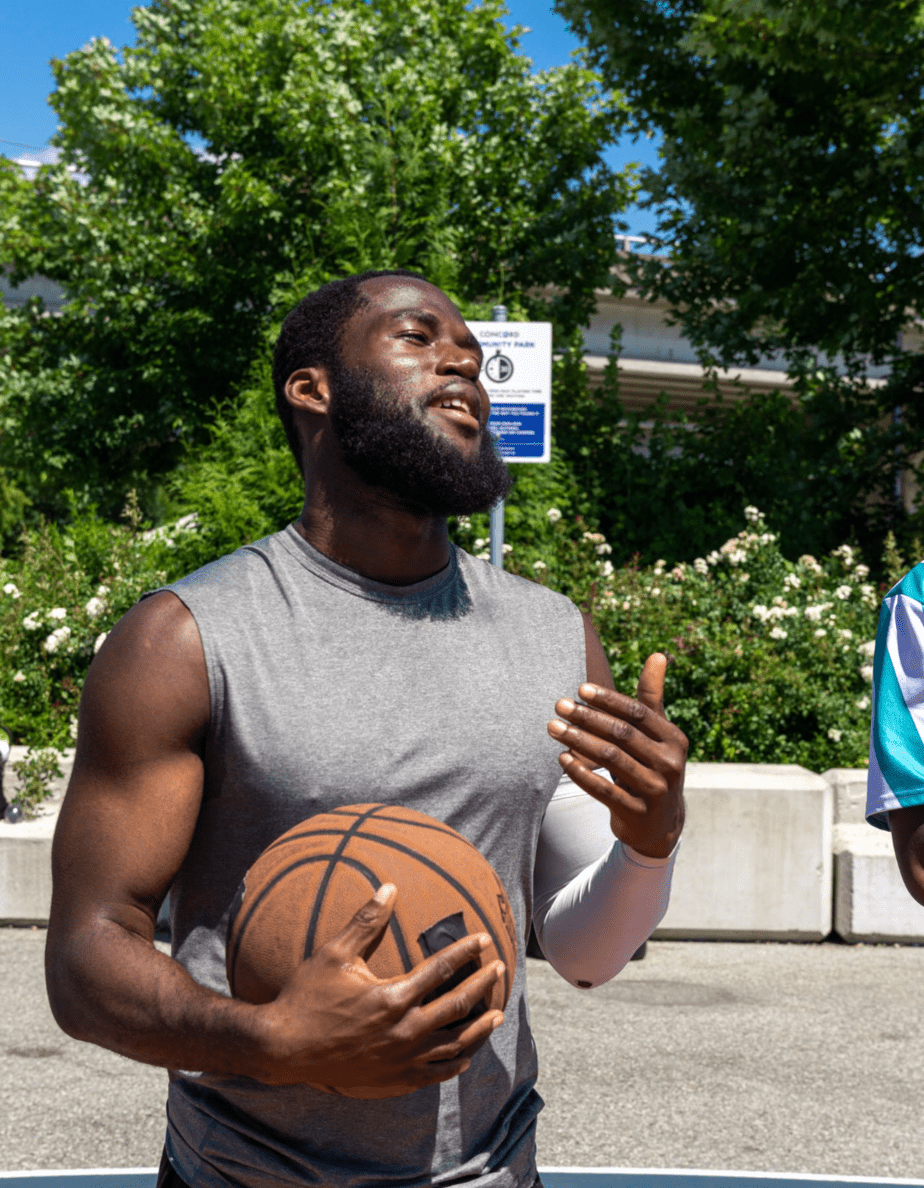
Meaningful conversations happening daily about training, recovery, and injury-specific rehabilitation as well as sport-specific discussions on playing, coaching and refereeing your favorite sport. We welcome experts and those with curious minds seeking answers.
Join The Stay On The Court Community!